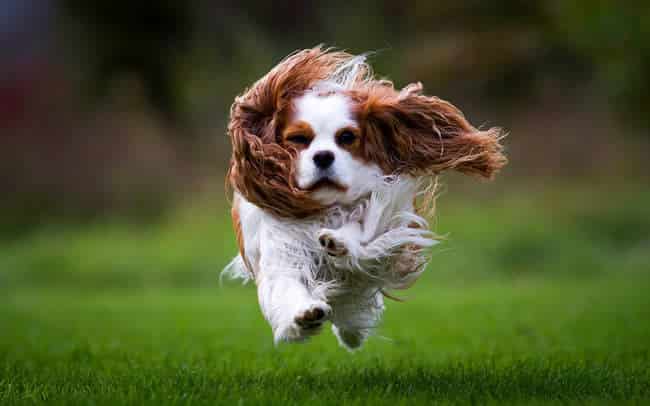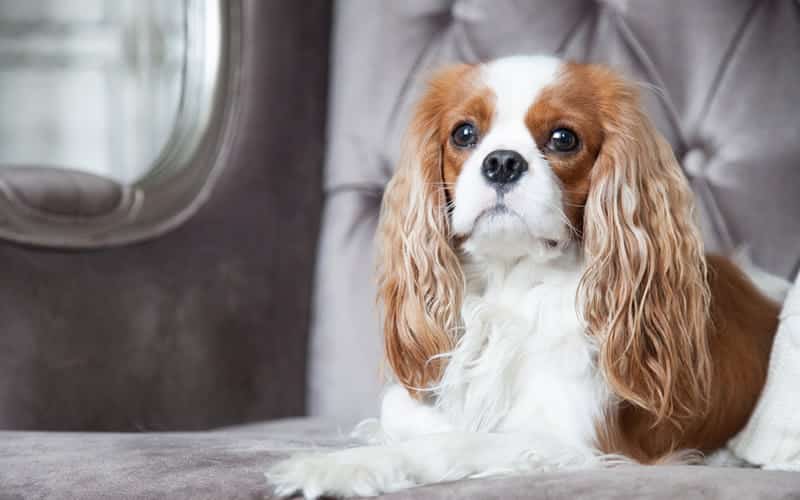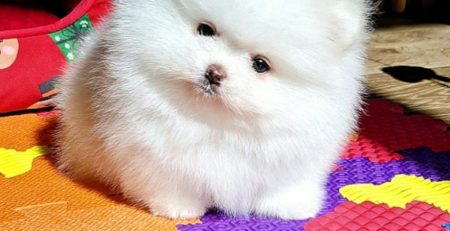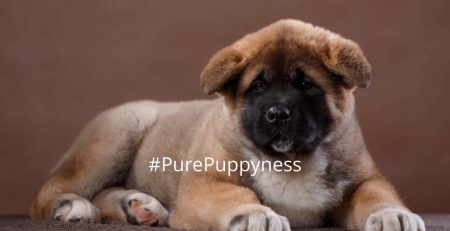The History of King Charles Spaniel
The regal King Charles Spaniel is a silky-furred companion dog with noble origins. The King Charles’ ancestors were probably Toy Spaniels: silky little dogs often depicted in the art of Gainsborough, Velasquez, Rubens, and other artists of the 16th, 17th, and 18th centuries – such was the popularity of the Toy Spaniel. Meet the history of King Charles Spaniel.
History of King Charles Spaniel
The first ancestors of the King Charles Spaniel probably came from Asia, as the breed shares a few characteristics with the Japanese Chin and the Pekingese, such as the luxurious, long, glossy fur, and the rounded head. Toy spaniels were especially among noble families: in a painting of Mary I of England and her husband King Philip, a toy spaniel can be seen at the couple’s feet.
King Charles II
In later years, King Charles II of England became very fond of the breed, even giving his name to the dog. Due to their connection with royalty, the little dogs became very popular. According to the diary of Samuel Pepys, the little Spaniels were allowed to wander where they pleased in Whitehall Palace. Pepys also wrote that King Charles II allowed his dogs into state functions, and was more inclined to play with them than to pay attention to council meetings.
Birds, beware!
Although these dogs were usually kept as cherished companions and pampered pets, they were sometimes used for hunting. In the 19th century, John Churchill, first Duke of Marlborough, had a pack of red and white Spaniels that he kept for hunting birds. The small dogs, sometimes called Carpet Spaniels, were considered good for hunting woodcocks and other wild birds. Although they were keen hunters, they were often too small to get through swampy or thorny ground. However, the King Charles Spaniel remained most popular as a lap dog. They were very popular with ladies, who often kept the dogs on their laps for warmth on cold days.
By 1830, the King Charles Spaniel had changed greatly since the days of King Charles II. Perhaps due to influence from the Pug, the King Charles’ muzzle had become shorter, and the head rounder, though they still had their silky coats and long ears. Their eyes had also become bigger, though the large loveable eyes of the King Charles Spaniel are perhaps one reason why the breed is so popular.
Todays King Charles Spaniel
Today, the King Charles Spaniel is a beloved pet. Although not as popular as the King Charles Cavalier (a similar companion breed), this little dog is an ideal family dog due to its friendliness and playful character, and are happy to live in small spaces such as apartments. They are very good around children, but do not like being handled roughly. Although they are very quiet dogs, they hate to be left alone for long periods. They have a long coat that needs grooming to keep it neat and free of tangles.
Health-wise, King Charles Spaniels sometimes have eye problems, such as cataracts and entropion (a condition where the eyelid folds inwards). Luckily, today many of these conditions can be fixed with surgery; however, keep in mind that King Charles Spaniels tend to be sensitive to anaesthetic.
Problems
Due to their short muzzles, they sometimes have respiratory problems. Heatstroke is a common problem, but easily preventable. They sometimes have heart issues: heart murmurs are common, as are some more serious conditions. However, these conditions are usually genetic, so a responsible breeder will be able to help you find a healthy puppy. Dogs with minor heart problems, such as heart murmurs, often live long happy lives. Just be sure to take your dog for regular check-ups at the vet.






















